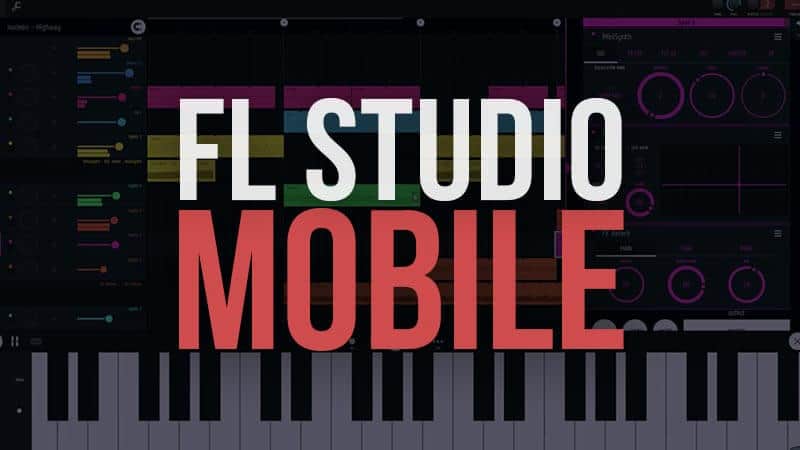
For example, the dominant seventh chord often sounds jazzy and the II-V-I progression is found in many jazz records. Given that many of the samples found in lo-fi hip-hop and the like are drawn from old jazz and blues records, you could even reach for some old vinyl recordings of your own and recreate the chords and progressions therein. You can always add or remove notes to create more complex chords later on too. That doesn’t necessarily mean that your melody must sound simple, but think of the sound design as a more important aspect of lo-fi production than the quality of your compositional skills. Here, we’re going to make a melody from some basic chords. Understanding the basics of music theory will help you get the best from them. FL Studio has the tools to create scales and chords, all of which we’ll make use of in this tutorial. But, for this tutorial at least, we recommend spending some time learning the basics of music theory, which will prove particularly helpful when it comes to building simple scales and chords. You don’t need extensive knowledge of music theory to create calming melodies and chord progressions suitable for lo-fi hip-hop. Just right-click the mixer track and hit File > Save mixer track state as.

You could save an effects chain built for lo-fi piano and throw it on another mixer track or use it in future productions. Don’t limit yourself to a piano or Rhodes for your lo-fi productions. Most of the steps in this tutorial, especially those that regard the creation of effects and melodies, can be applied to many different instruments to make them sound more lo-fi too. Careful use of FL’s functions should put you in total control of your sound quality. Not only this but FL Studio has multiple native effects plug-ins that add even more sound-shaping options to help you get what you want.

Luckily, FL Studio provides users with FL Keys, whose fantastic features are well equipped to create lo-fi sounds. This commingling of disparate sounds presents challenges to producers too. This combination of low-quality (low fidelity, hence lo-fi) sound and substantial beats might seem like a contradiction, and in many ways it is, but it’s what gives the genre its signature sound. The trick here, however, is to ensure that your piano sounds treated but that your beats retain their heft, and don’t sound as if they’ve been through a bit-crusher seven times. The initial focus here should be to purposefully lower the quality of your sound. We encourage you to use this tutorial as a foundation that you can later build upon with your own stylistic garnishes. Many incorporate vocal samples from film and TV, others use natural ambiences, and some even bring in elements of acid. You’ll notice that besides the numerous sonic similarities between these songs and mixes, which include vinyl-style crackle, muffled drums and detuned instruments, each producer still has their own unique approach. You’ve probably heard this genre of music before, perhaps without being aware of it.

Alternatively, you could go directly to the genre’s established producers, which include HM Surf, bsd.u, and Kupla.

Searching for general terms such as ‘study music’, ‘relaxing lo-fi hip-hop’ and ‘chill-out sounds’ will likely yield a plethora of appropriate piano sounds that will help you tune your ear to the right frequencies for this tutorial. If you’re new to lo-fi hip-hop or just want to dip your toes in before diving deeper and producing your own beats and melodies, we recommend you check out some of the regular lo-fi streams on YouTube or one of the many ready-made playlists on Spotify.


 0 kommentar(er)
0 kommentar(er)
